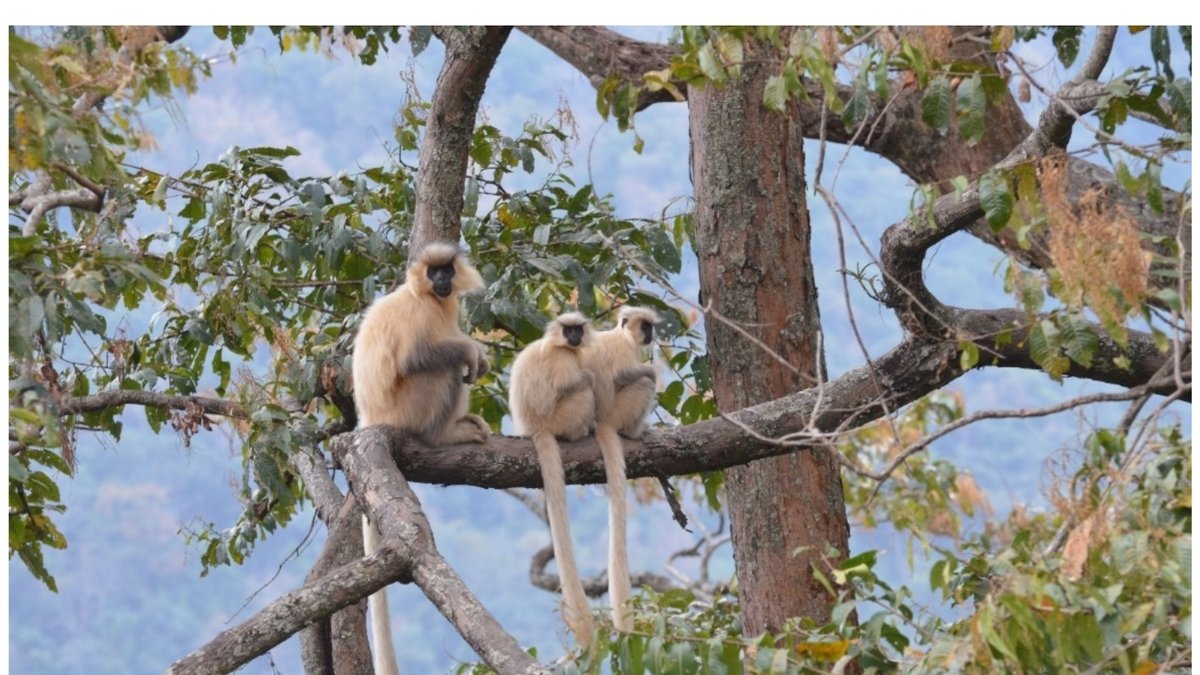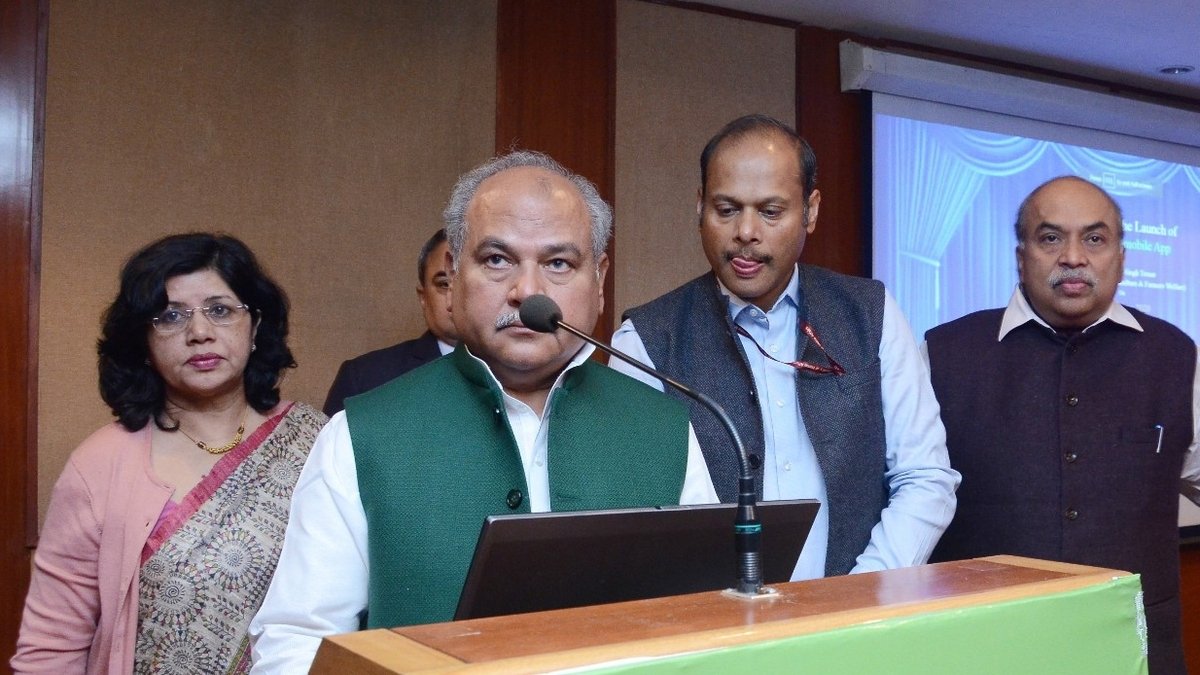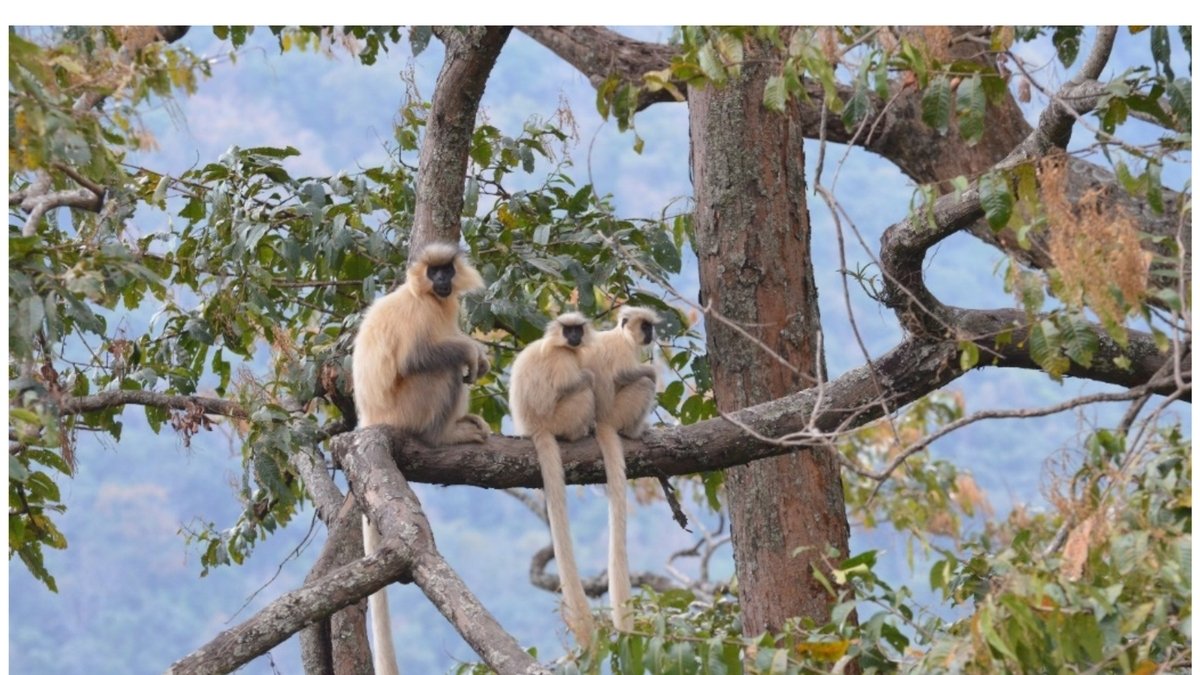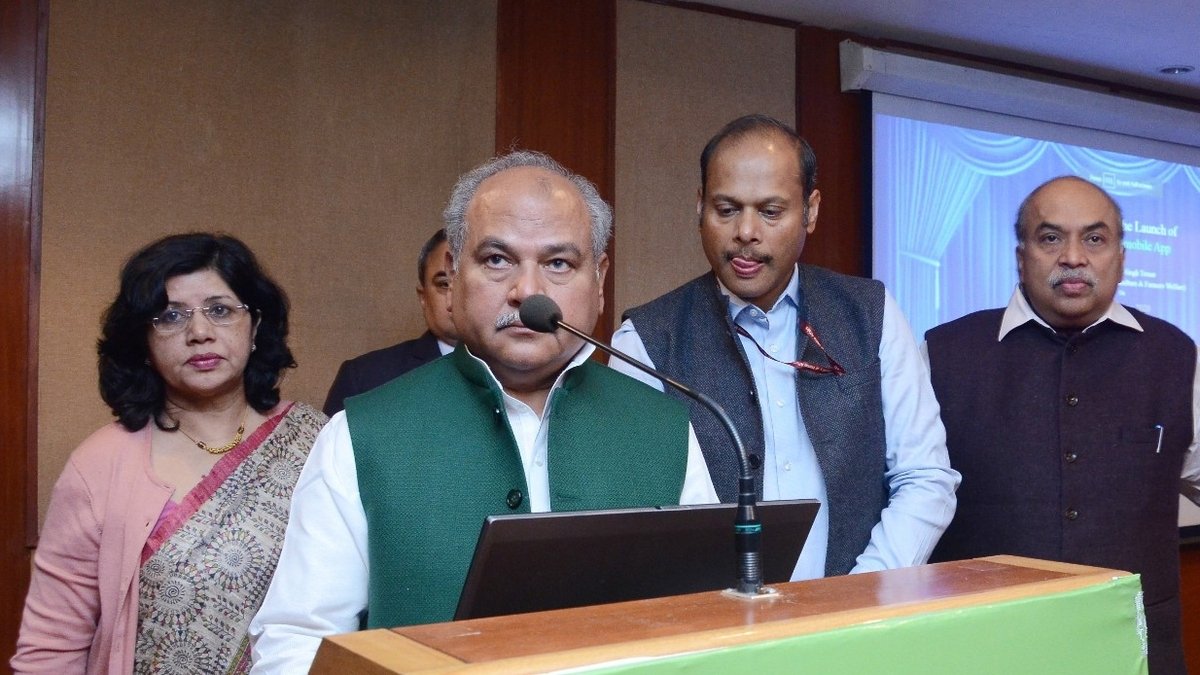Golden Langur Population in India Sees Positive Growth, Reveals Recent Survey
The Survey conducted by a famed research centre in Northeast India has reported a noticeable increase in the population of a treasured primate species – the golden langur. The findings, sourced from our research partner, bring joy to conservationists, providing tangible evidence that conservation efforts may be reaping benefits.
Detailed Analysis of the Survey
The research initiative included a broad spectrum of contributors including Assam Forest Department, Bodoland Territorial Council, and other notable conservation and research institutions. The survey was carried out in two parts over the years 2020 and 2021. Throughout the duration, researchers painstakingly assessed multiple locations including the acclaimed Manas Biosphere Reserve and fragmented forests nestled in western Assam.
The survey, which for the first time utilized the block count method to estimate the population of golden langurs, initially identified a promising count of 7,720. After careful analysis, the number was fine-tuned to 7,396 individuals in a total of 707 groups. These groups encompassed a wide range of social configurations from bisexual bands, male bands, to 31 solitary males.
Golden Langurs Dispersed Geographically
As per the study, the golden langur population is segmented into two distinct divisions. The larger of the two finds its home in the northern part of the Sankosh River all the way to the Manas River. Conversely, the lesser part of the population can be spotted extending toward the Brahmaputra River.
The most prominent presence in the northern region was found in the Ripu Reserve Forest. The southern expanse, on the other hand, showcased a higher number of golden langurs in the Chakrashila Wildlife Sanctuary.
Encouraging Statistics
The survey’s findings are indeed encouraging when compared with the report from 2008-09, which cited a population of around 6,000 golden langurs. The recent estimate shows a clear indication of growth, symbolizing a win for conservation.
Current Problems Persist
Concurrent to the positive implications, the study also pinpointed concerns related to conservation. The necessity for a corridor linkage amongst fragmented habitats was emphasized as a crucial step towards long-term survival. Such connectivity is critical for protecting these primates from impending anthropogenic threats.
While the increased population count brings optimism to stakeholders in golden langurs’ conservation, it underscores the importance of continuous effort and the need to address challenges in preserving their habitats.














